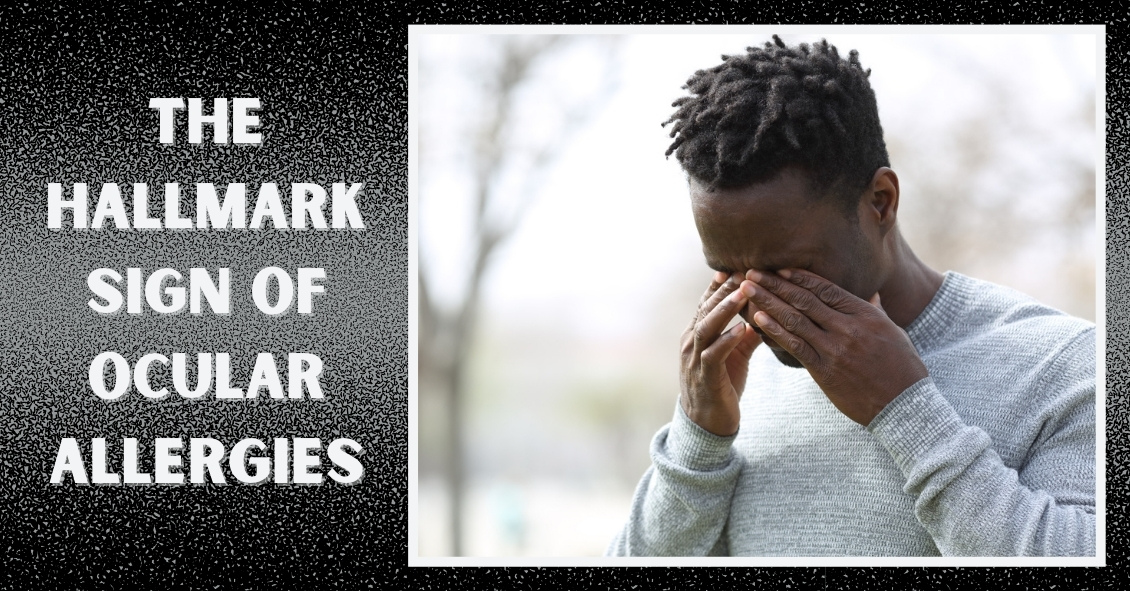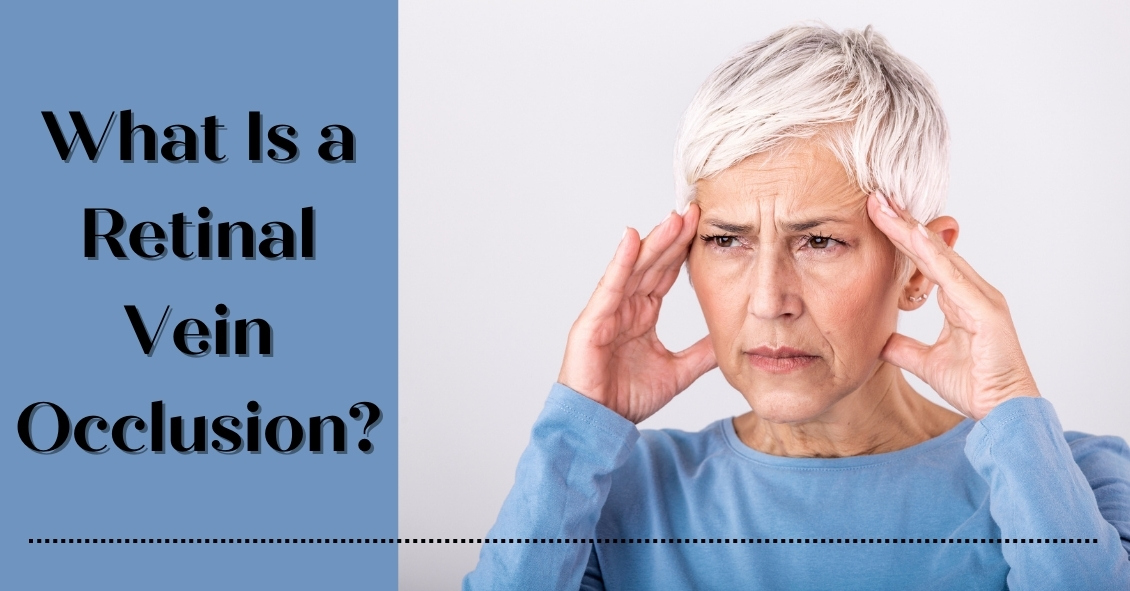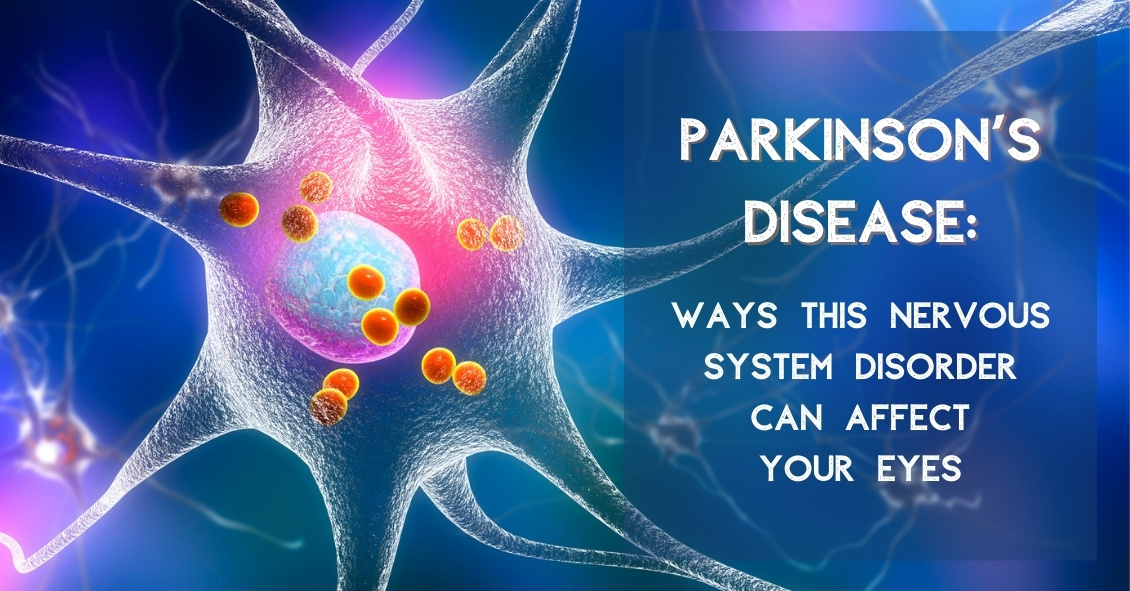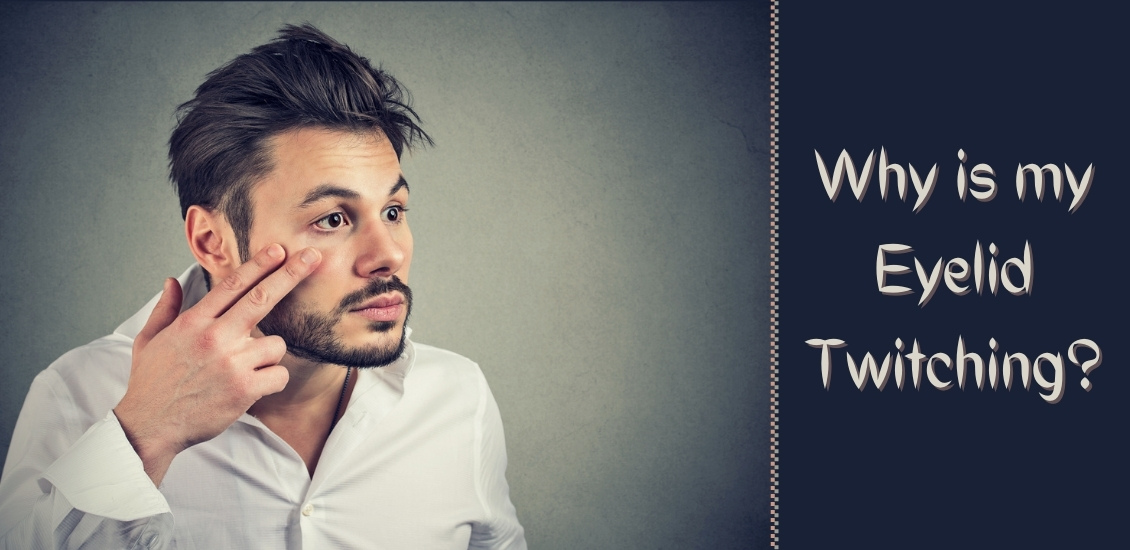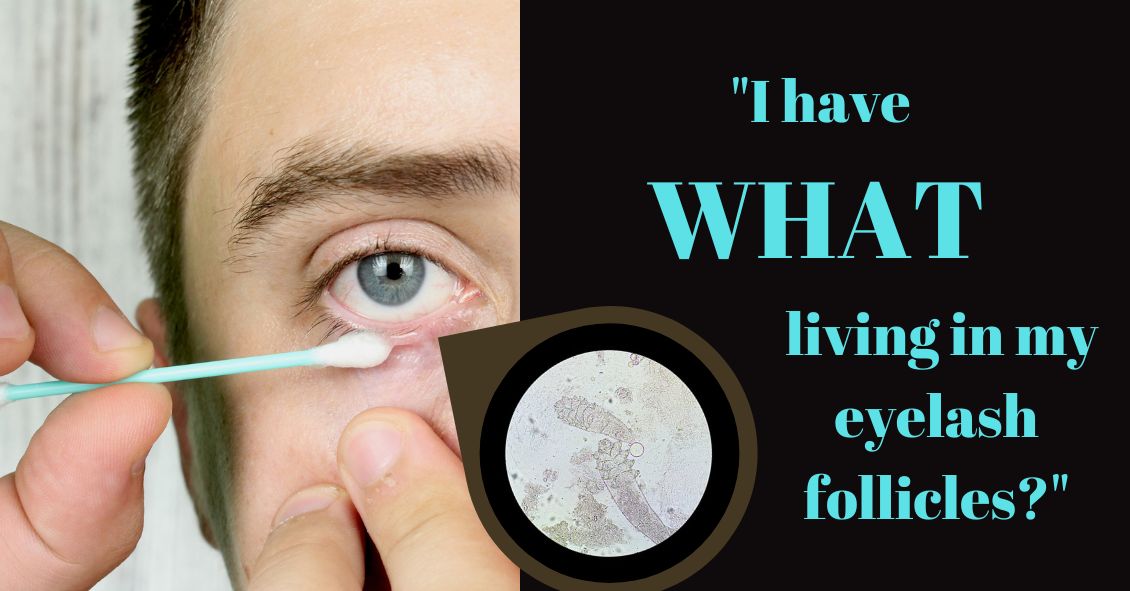Why Are They Saying I Need to Pay Out-of-Pocket for Cataract Surgery?

You’ve been diagnosed with a cataract and you’ve been told you should have cataract surgery. The surgeon is also telling you that you should consider paying out-of-pocket for certain features.
Where did this come from? Why should you have to pay out-of-pocket for cataract surgery? Shouldn’t your health insurance just cover it?
In trying to answer these questions, you will first need a little history of both cataract and refractive surgery, which corrects errors of refraction such as nearsightedness, farsightedness, and astigmatism.
Radial keratotomy (RK) was the first widely used refractive surgery for nearsightedness. It was invented in 1974 by Russian ophthalmologist Svyatoslav Fyodorov, and it was the primary refractive procedure done until the mid-1990s. Then it was surpassed by the laser procedure called PRK and then, eventually, LASIK; they are still the predominately pure refractive surgeries done today.
Cataract surgery has its origins all the way back to at least 800 BC in a procedure called couching. In this procedure, the cataract was pushed into the back of the eye with a sharp instrument so […]



